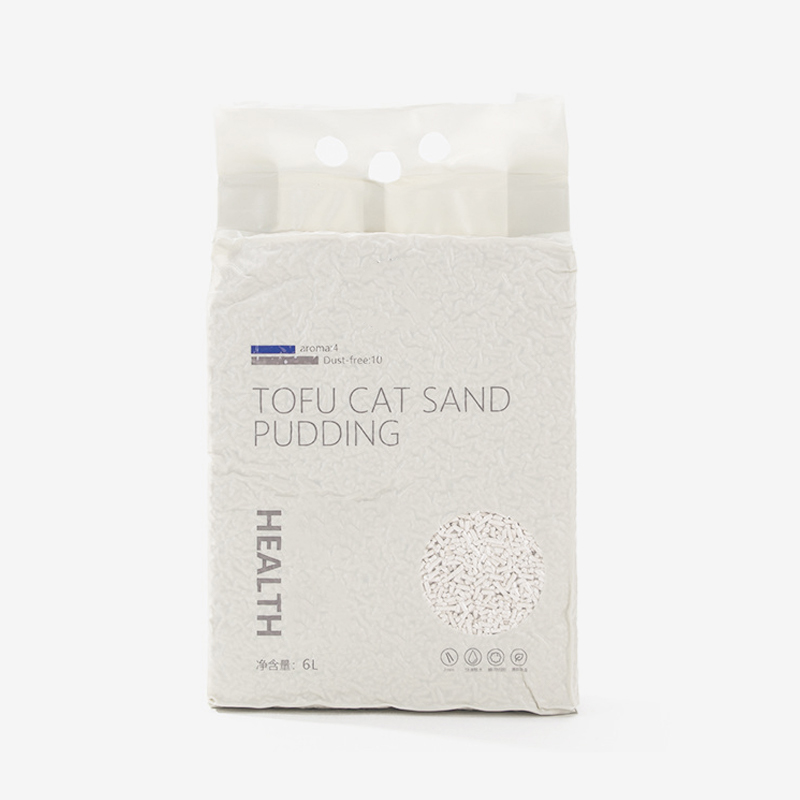How Often Should You Change Cat Litter?
Cat owners often wonder about the ideal frequency for changing cat litter. Maintaining a clean litter box is crucial for the health and happiness of your cat, as well as for keeping your home fresh. This article will provide guidance on how often you should change the cat litter, taking into account various factors such as the type of litter used, the number of cats in the household, and general best practices for litter box maintenance.
Supplier Wholesale Factory OEM Tofu Cat Litter Sand
The Importance of Regular Litter Box Maintenance: A clean litter box is essential for several reasons. Firstly, cats are naturally clean animals and may refuse to use a dirty litter box, leading to accidents outside the box. Secondly, a dirty litter box can harbor bacteria and odors, which can be unpleasant for both you and your cat. Lastly, regular cleaning can help you monitor your cat's health by observing their bathroom habits.
How Often to Change Cat Litter:
-
Clumping Litter: For clumping cat litter, it's recommended to scoop out waste daily and replace the entire box every 2-4 weeks. Clumping litter makes it easier to remove solid waste, but it's still important to refresh the box regularly to maintain cleanliness.
-
Non-Clumping Litter: Non-clumping or non-scented litters typically need to be changed more frequently, about every 1-2 weeks, as they don't clump as effectively and can become soiled more quickly.
-
Biodegradable or Natural Litters: These types of litters, such as those made from wood, corn, or recycled paper, may need to be changed even more frequently, around once a week, due to their tendency to break down faster.
-
Multiple Cats: If you have multiple cats, you may need to change the litter more often, as there will be more waste to manage. Some experts suggest having one litter box per cat, plus one extra, to ensure each cat has a clean place to do their business.
-
Health Concerns: If your cat has a urinary tract infection or other health issues, you may need to clean the litter box more frequently to prevent the spread of bacteria.
Best Practices for Litter Box Maintenance:
-
Scoop out waste daily to remove solid and liquid waste.
-
Clean the litter box with mild, unscented soap and warm water when changing the litter. Avoid using harsh chemicals or strong-smelling cleaners, as these can deter your cat from using the box.
-
Wash the litter box thoroughly before adding new litter to ensure no lingering odors remain.
-
Keep an eye on your cat's litter box habits. Changes in frequency or behavior can be early indicators of health issues.
Conclusion: The frequency at which you should change your cat's litter depends on the type of litter you use, the number of cats in your home, and their individual health needs. By following the guidelines provided and maintaining a regular cleaning schedule, you can ensure a hygienic and comfortable environment for your cat, while also keeping your home fresh and odor-free. Remember, a clean litter box is not only beneficial for your home but also plays a significant role in your cat's overall well-being.








